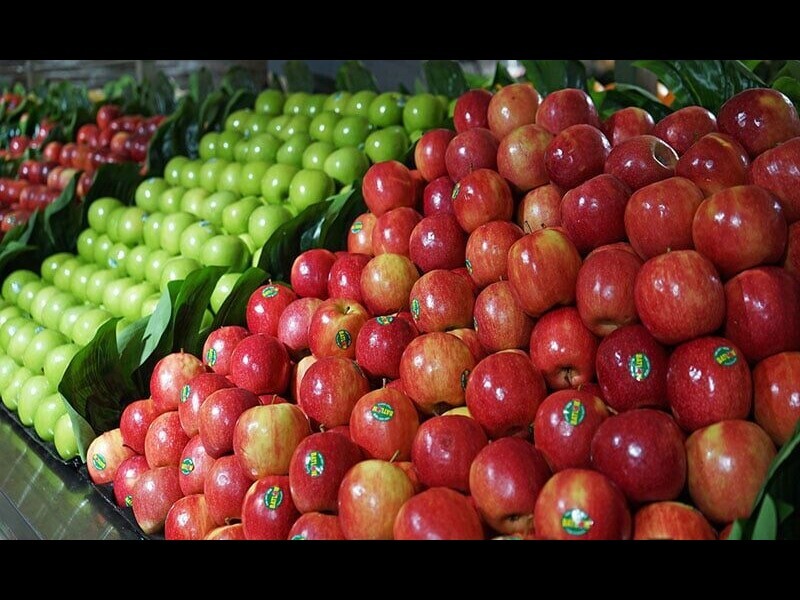Dec 20, 2021 - 10 min
3 Requirements Asia-Pacific Fruit and Vegetable Labels Need to Meet

As Asia-Pacific consumers place more importance on food content and quality, fruit and vegetable labels are one of the most critical and direct means for sellers to communicate product information.
The seemingly inconspicuous label adds the finishing touch to all fruit and vegetables before they are packed and transported to retailers. A small label may not be your greatest concern in the production of the best quality fruit and vegetables. However, labels are a key part of the food distribution process. Making sure they stay on your produce and meet safety standards is extremely important.
Do your fruit and vegetable labels fulfill the following requirements?
Adhesiveness
Stickiness is one of the key criteria used to evaluate the quality of food label adhesives. Choose one that:
- Will not cause the label to fall off or curl up in the transportation process from production to retail
- Can withstand semi-freezing conditions and wet surfaces
- Maintains adhesion even in a low-temperature environment
- Can be applied to various surfaces
- Has good resistance to fruit essence and leaves no residue when removed from the product
Compliant with all standards for food safety
Fruit and vegetable label adhesives are classified as either direct or indirect food additives and must meet specific standards and requirements. The labels must comply with local regulations for food safety. In China, for example, these include GB9685-2016, also called the Standard for the Uses of Additives in Food Contact Materials and Articles in China.
The GB9685-2016 sets out a list of additives that can be used to produce various food contact materials and articles, including label adhesives, as well as their scope and restrictions. This ensures the substances in direct contact with the food will not be harmful to health nor affect the composition, structure, colour and flavour of the produce.
The process of staying abreast of all local regulations for food safety may seem daunting. However, it can easily be broken down into the following steps to help you figure out the actions to be taken to comply with all standards:
- Determine the country your fruit and vegetables will be sold in. This narrows the scope of knowledge needed to fabricate your labels
- Evaluate if the fruit and vegetables can be accepted and sold in the destined country
- Access the safety regulations of the country
- Establish if the labels need to be adapted to ensure they comply with the regulations in the country

Environmentally friendly
A traditional pressure-sensitive label often features a face stock, an adhesive and a release liner. Given their silicon layer, label liners traditionally could not be recycled and were not biodegradable, which meant they ended up in landfills. This led to the development of bio-based labels that work towards reducing carbon footprint while efficiently attaching to various items.
Instead of relying on traditional fossil-based raw materials, bio labels consist of renewable, bio-based materials such as starch, vegetable oils, proteins, lignin and natural resins. The products used in bio-based labels are derived from biomass, which is mostly produced by agricultural and silvicultural processes. These materials are climate-neutral, and the finished bio-based labels do not affect the environment.
Not only are bio-based labels environmentally friendly, but they also possess beneficial mechanical and chemical properties that contribute to their efficiency.
Currently, there are several third-party eco-labelling programmes globally for bio-based labels. In order to verify that the composition of the labels corresponds with its claim, such testing is recommended:
- ASTM D6866
- ISO 16620-2
- CEN 16440 testing
Bostik has developed a series of hot melt, pressure-sensitive adhesives (HMPSAs) for applications such as direct food contact labels to help you achieve the best adhesive quality. The Bostik Food Touch H18 series is now available in the Asia-Pacific region and offers a wide application temperature range and can be applied to many surface types, making it suitable for common face stock materials. The labels are environmentally friendly, have a well-balanced initial tack, peel and are compliant with international food safety standards.
Interested in finding out more about Bostik Food Touch H18 series? Contact a Bostik expert today!
